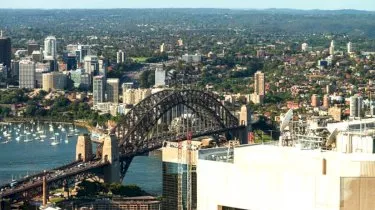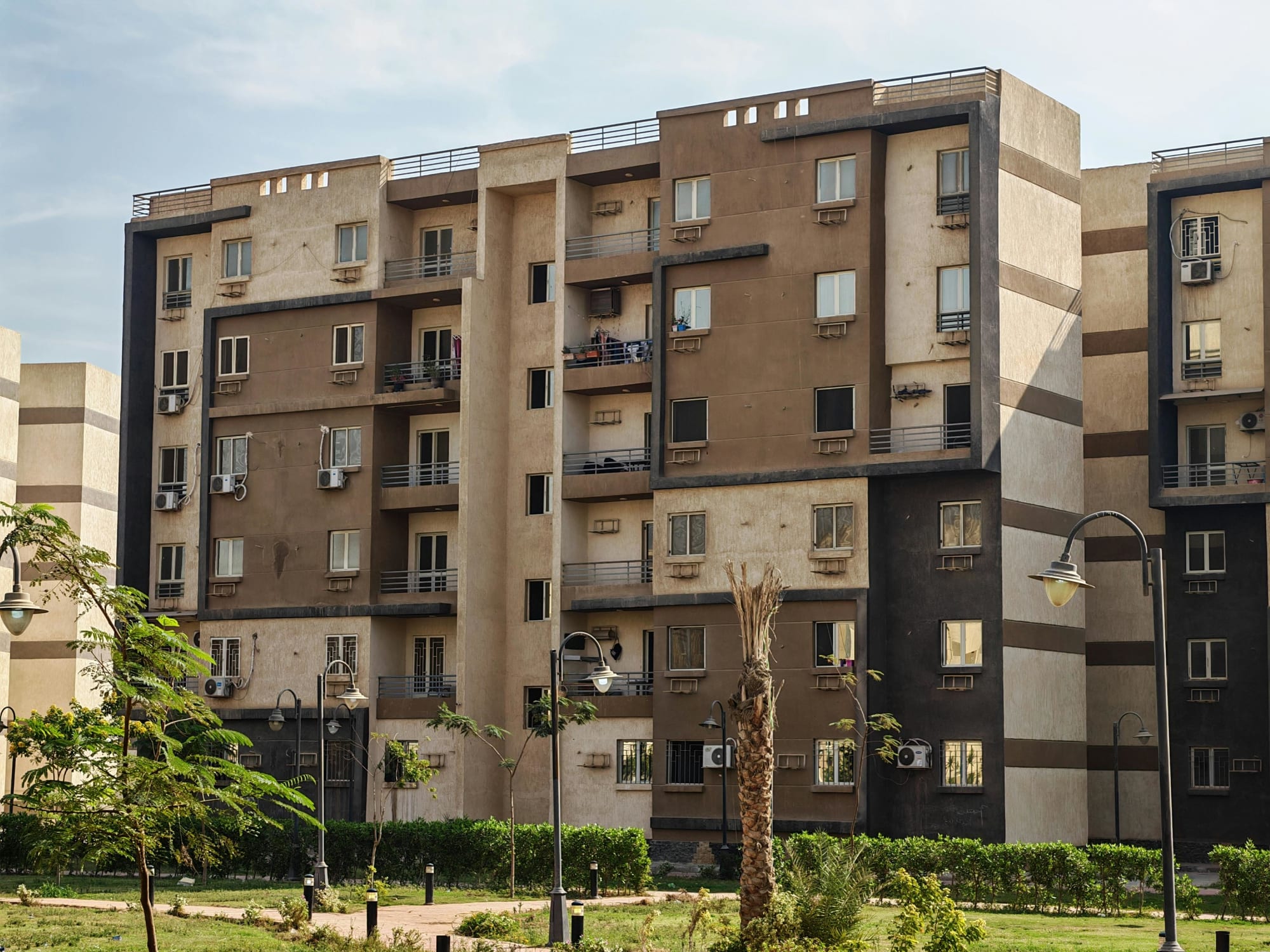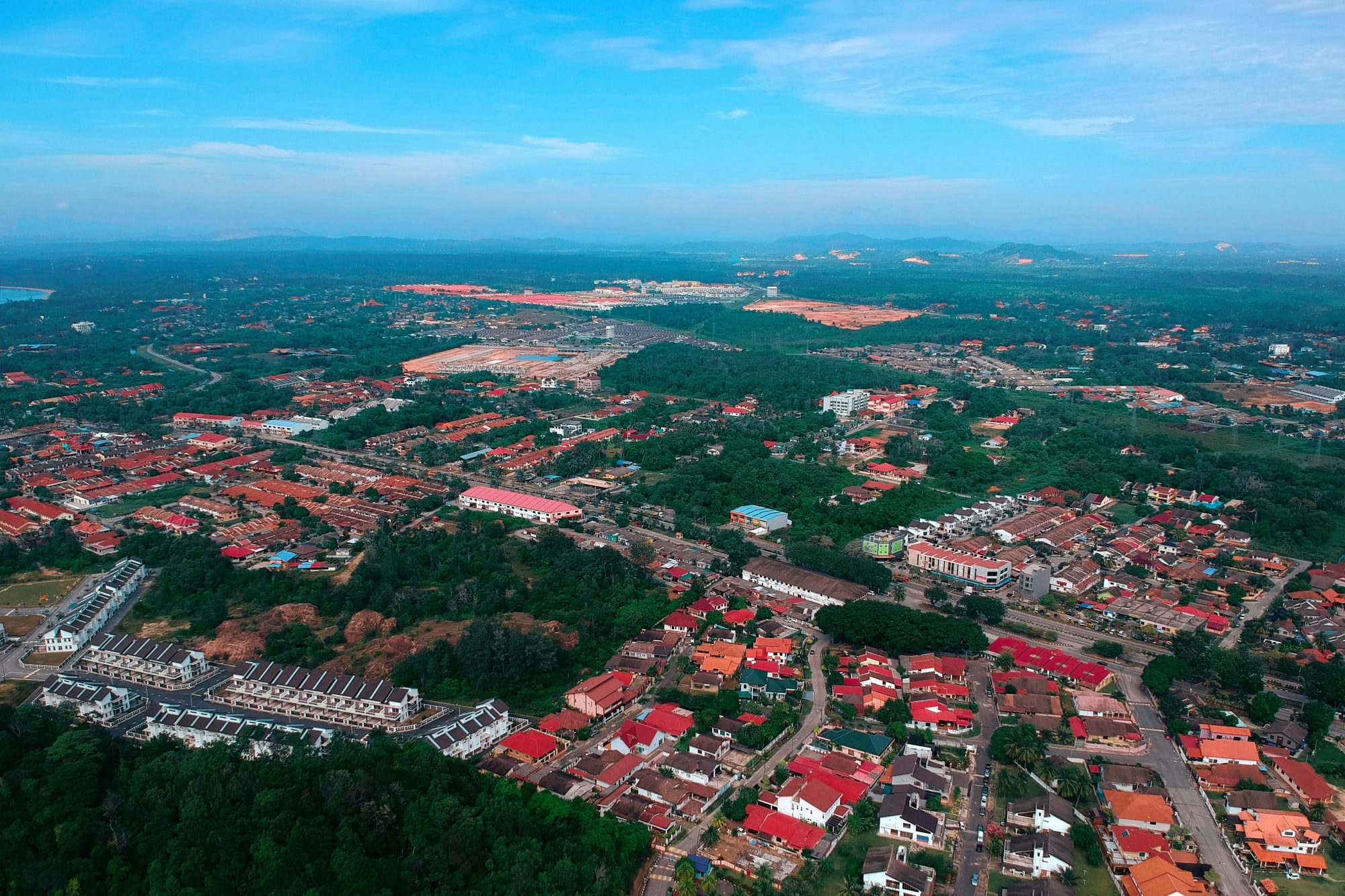Invest
8 tips for investors in Sydney’s property market
Values might be heading south, but any seasoned buyer knows a down market has big investment opportunities. This buyer’s agent describes key lessons for investors looking at the Sydney market this year.
8 tips for investors in Sydney’s property market
Values might be heading south, but any seasoned buyer knows a down market has big investment opportunities. This buyer’s agent describes key lessons for investors looking at the Sydney market this year.

Analysis by Propertyology and head of research Simon Pressley points to declines in the Sydney market falling down to a median of $780,000 – a drop of nearly $300,000 since its peak in 2017.
“If the trajectory of Sydney’s future growth cycle is anything like what history has taught us, the probability is someone who purchased a stock-standard Sydney property during 2017 may find their asset to be worth the same or less than what they paid for it in five, or even 10, years from now,” Mr Pressley said.
“Property markets do have a habit of tracking sideways for several years after a significant boom period.”
From this, Mr Pressley has eight major observations gleaned from the Sydney market:

1. Population growth does not equate to price growth
The first observation, Mr Pressley said, is that housing demand and price growth are not intrinsically linked to population growth but rather to affordability.
2. Infrastructure is not a shortcut to wealth
While new and updating infrastructure projects can have some impact on property prices, Mr Pressley said the new spending on its own is not enough to raise property prices.
“A new hospital, university, train station or airport precinct is by no means a money train to Australia’s best-performed location without all of the other dots lining up,” Mr Pressley said.
3. Supply is partly to blame
The current situation in the Sydney market, Mr Pressley said, was due in part to record building approvals from 2013 onwards.
“The proof of it arriving lies in the large increase in properties listed for sale today, rising vacancy rates, some awful auction clearance rates and, of course, falling property prices,” he said.
4. Growth cycles move in cycles
Research from Propertyology indicated that prolonged flat periods were found between growth cycles, so the current environment is following historical patterns, with prices in Sydney currently at 2016 levels after seeing rises of 70 per cent.
“A large percentage of the circa 200,000 properties purchased in Sydney since then are now worth less than what the owners paid for them,” Mr Pressley said.
“That’s a comparable volume of dwellings for a city bigger than Canberra.”
5. The big capital cities are not always the best
While many believe the largest capital cities create the largest price growth, Propertyology’s analysis of the last 30 years indicated otherwise.
“Property prices do different things in different cities at different times. But better performances are often produced in various other capital cities and literally dozens of strong regional cities,” Mr Pressley said.
“Those who remove the confirmation bias and look at proper fundamentals will discover a plethora of locations with diverse economies, solid job growth, a long history of controlled housing supply, and median house prices of $350,000 to $450,000.”
6. The importance of cash flow
Sydney property also run the risk of high holding costs, expressing the need to have solid cash flow.
Propertyology research showed northern suburbs like Frenchs Forest have annual pre-tax and post-rental income and expenses holding costs for houses of $26,000. Parramatta had $31,000, Ryde had $40,000, while Balmain runs up to $42,000, and Bondi at $57,000.
In comparison, apartments in Balmain and Bondi have holding costs of $21,000 and $16,000, respectively.
“On the other hand, a standard house in a middle-ring Brisbane suburb such as Nundah has a pre-tax cost, after rental income and all expenses, of $11,000 per annum,” Mr Pressley said.
“Meanwhile, the holding cost in middle-ring Hobart… is a mere $1,000.”
7. Tightening finance made things worse
The current credit squeeze, being felt nationwide, left the Sydney property market for worse, Mr Pressley said, as he claimed property prices could have increased by up to 7 per cent if it was not for APRA measures.
“Credit, along with the RBA cash rate, is a national policy; however, the biggest mortgages are always affected the most, so Sydney’s property market is in the firing line,” he said.
“Sydney’s current downturn was caused by oversupply of housing and then accentuated by the lack of credit supply.”
8. Diversify your assets
By investing in multiple, different locations, investors can ensure their assets are protected from localised declines.
“Of course, property investors can make money in Sydney. There’s money to be made in literally every city and town in Australia,” he said.
“However, what has transpired over the last couple of years should teach people Sydney isn’t ‘safer’, and its bulging population is far from the goose that laid the golden egg.
“Perhaps the biggest learning of all for investors is, instead of throwing everything on black, spread your investment capital across multiple, more affordable property assets in a variety of different towns and cities.”

Property
Australia’s mortgage knife‑fight: investors, first‑home buyers and the new rules of lender competition
The mortgage market is staying hot even as rate relief remains elusive, with investors and first‑home buyers chasing scarce stock and lenders fighting for share on price, speed and digital experienceRead more

Property
Breaking Australia’s three‑property ceiling: the finance‑first playbook for scalable portfolios
Most Australian investors don’t stall at three properties because they run out of ambition — they run out of borrowing capacity. The ceiling is a finance constraint disguised as an asset problem. The ...Read more

Property
Gen Z's secret weapon: Why their homebuying spree could flip Australia's housing market
A surprising share of younger Australians are preparing to buy despite affordability headwinds. One in three Gen Z Australians intend to purchase within a few years and 32 per cent say escaping rent ...Read more

Property
Tasmania’s pet-positive pivot: What landlords, BTR operators and insurers need to do now
Tasmania will soon require landlords to allow pets unless they can prove a valid reason to refuse. This is more than a tenancy tweak; it is a structural signal that the balance of power in rental ...Read more

Property
NSW underquoting crackdown: the compliance reset creating both cost and competitive edge
NSW is moving to sharply increase penalties for misleading price guides, including fines linked to agent commissions and maximum penalties up to $110,000. Behind the headlines sits a more ...Read more

Property
ANZ’s mortgage growth, profit slump: why volume without margin won’t pay the dividends
ANZ lifted home-lending volumes, yet profits fell under the weight of regulatory and restructuring costs—an object lesson in the futility of growth that doesn’t convert to margin and productivityRead more

Property
Rate pause, busy summer: where smart capital wins in Australia’s property market
With the Reserve Bank holding rates steady, the summer selling season arrives with rare predictability. Liquidity will lift, serviceability stops getting worse, and sentiment stabilises. The ...Read more

Property
The 2026 Suburb Thesis: A case study in turning trend lists into investable strategy
A new crop of ‘suburbs to watch’ is hitting headlines, but translating shortlist hype into bottom-line results requires more than a map and a mood. This case study shows how a disciplined, data-led ...Read more

Property
Australia’s mortgage knife‑fight: investors, first‑home buyers and the new rules of lender competition
The mortgage market is staying hot even as rate relief remains elusive, with investors and first‑home buyers chasing scarce stock and lenders fighting for share on price, speed and digital experienceRead more

Property
Breaking Australia’s three‑property ceiling: the finance‑first playbook for scalable portfolios
Most Australian investors don’t stall at three properties because they run out of ambition — they run out of borrowing capacity. The ceiling is a finance constraint disguised as an asset problem. The ...Read more

Property
Gen Z's secret weapon: Why their homebuying spree could flip Australia's housing market
A surprising share of younger Australians are preparing to buy despite affordability headwinds. One in three Gen Z Australians intend to purchase within a few years and 32 per cent say escaping rent ...Read more

Property
Tasmania’s pet-positive pivot: What landlords, BTR operators and insurers need to do now
Tasmania will soon require landlords to allow pets unless they can prove a valid reason to refuse. This is more than a tenancy tweak; it is a structural signal that the balance of power in rental ...Read more

Property
NSW underquoting crackdown: the compliance reset creating both cost and competitive edge
NSW is moving to sharply increase penalties for misleading price guides, including fines linked to agent commissions and maximum penalties up to $110,000. Behind the headlines sits a more ...Read more

Property
ANZ’s mortgage growth, profit slump: why volume without margin won’t pay the dividends
ANZ lifted home-lending volumes, yet profits fell under the weight of regulatory and restructuring costs—an object lesson in the futility of growth that doesn’t convert to margin and productivityRead more

Property
Rate pause, busy summer: where smart capital wins in Australia’s property market
With the Reserve Bank holding rates steady, the summer selling season arrives with rare predictability. Liquidity will lift, serviceability stops getting worse, and sentiment stabilises. The ...Read more

Property
The 2026 Suburb Thesis: A case study in turning trend lists into investable strategy
A new crop of ‘suburbs to watch’ is hitting headlines, but translating shortlist hype into bottom-line results requires more than a map and a mood. This case study shows how a disciplined, data-led ...Read more








